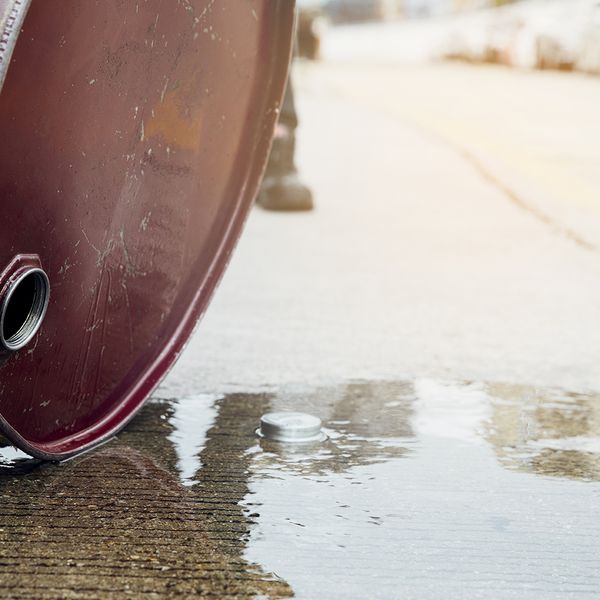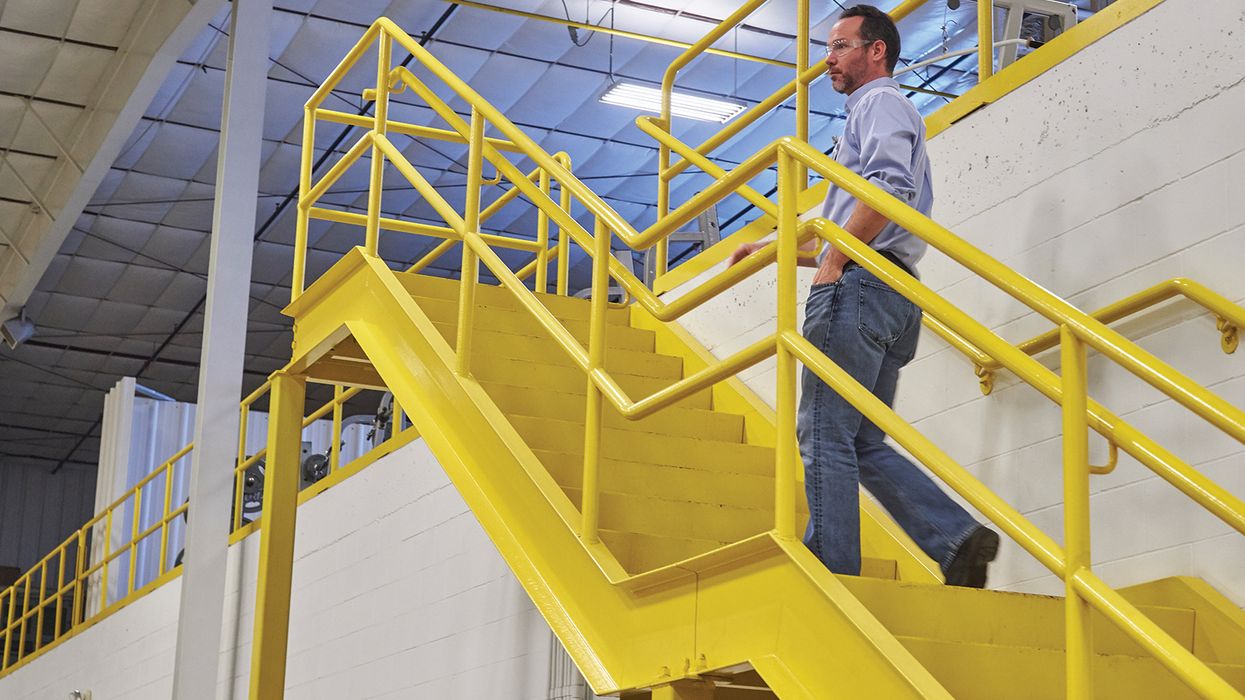PFAS cleanup: Senators weigh CERCLA ‘liability shield’ for utilities/landfills
An EPA final rule to designate two PFAS as hazardous substances under CERCLA is expected this year! However, a recent “standing-room-only” Senate hearing evaluated potential consequences of the rule. Much of the discussion was over liability concerns for “passive receivers” like water utilities and landfills. The upcoming rule may not provide EPA with flexibility to exempt them.
Costs of PFAS
During the March 20 hearing, Senator Tom Carper (D-DE), Chairperson of the Senate Environment and Public Works Committee, made it a point that PFAS has proved useful. It has even saved many lives as a firefighting foam, he asserted. PFAS is short for per- and polyfluoroalkyl substances.
It’s also a pervasive threat to human health, Carper concluded. A health advocate who testified at the hearing warned the Senators that failing to address PFAS in drinking water will result in thousands of deaths. Cause-of-death examples he said include cancer, cardiovascular disease, and infant low birth weights.
Carper also brought up the millions of dollars to cleanup PFAS. He said it costs only $50 to $1,000 per pound to manufacture PFAS products. Yet, it costs $3M to $18M per pound to remove the compounds from wastewater, the lawmaker remarked. Testimony suggested that legal defense costs and technology investments can also add up to several million dollars for a facility.
Unprecedented direct designation
Everyone at the hearing agreed that EPA has never “directly” listed a substance as a CERCLA substance under 40 CFR 302. CERCLA is the Comprehensive Environmental Response, Compensation, and Liability Act.
Looking back, EPA has always defined CERCLA hazardous substances that were first regulated by other laws, like the Clean Water Act (CWA) or the Resource Conservation and Recovery Act (RCRA). In this case, PFAS compounds would be declared CERCLA hazardous substances. However, that would be without regulation under another law. This is called “CERCLA first.”
That means, for example, there are no federal water or waste permits for PFAS (yet) that could provide an exemption (or liability shield) from CERCLA. Moreover, CERCLA is retroactive. So, even if PFAS is covered by later permits, parties may be responsible for PFAS released to water, air, or land before the issuance of a permit.
The Cabinet Secretary for the New Mexico Environment Department testified that he favors listing discarded PFAS as a RCRA hazardous waste first.
Liability concerns for passive receivers
Carper stated that he has heard mounting concerns about the potential unintended impacts of the impending designation rule. Specifically, he mentioned entities that do not use these chemicals. The lawmaker explained that they could be held responsible for downstream PFAS contamination simply because the contamination traveled through their facility.
Senator and Ranking Member Shelley Capito (R-WV) agreed. “If an entity meets the definition of a ‘potentially responsible party,’ that entity is liable for all cleanup costs, regardless of intent or exercise of due care ... These entities are known as ‘passive receivers.” [They] did not manufacture or generate PFAS and were unknowingly, or required by law, to catch or to receive these contaminants.”
A legal expert for the Congressional Research Service revealed that under the upcoming rule, “Entities that have been involved in releases of PFAS could be held liable if the other preconditions to liability are met and no exemptions apply.” Her examples included:
- Chemical manufacturers or processors,
- Firefighting training operations that used fluorinated aqueous film-forming foam,
- Landfills and incinerators,
- Wastewater treatment facilities, and
- Sites with land application or disposal of biosolids.
EPA enforcement discretion
Some testified that EPA has promised to focus enforcement efforts on PFAS manufacturers and industries that release significant amounts of PFAS. However, someone clarified that EPA would not be bound by this policy. Plus, states, tribes, and private parties can still bring litigation. A landfill association representative added, “If EPA chooses not to take any action, the passive receiver has no protection from a suit brought by another potentially responsible party.”
Options for Congress
Both Carper and Capito say they’re looking for a bipartisan legislative response to the concerns. Legislative options might include:
- Barring EPA from designating PFAS as a hazardous substance;
- Amending CERCLA to narrow the PFAS release types that could give rise to liability;
- Listing the entity types that are exempt from liability for PFAS response costs;
- Amending CERCLA so that federal EPA is solely responsible for its implementation; and
- Listing PFAS as a RCRA hazardous waste first and increasing funding for state RCRA programs.
Congress could also go the other way. It could direct EPA to designate various PFAS as hazardous substances under CERCLA.
Key to remember
A recent Senate hearing on PFAS went over liability and a possible liability shield for passive receivers like water utilities and landfills.































































